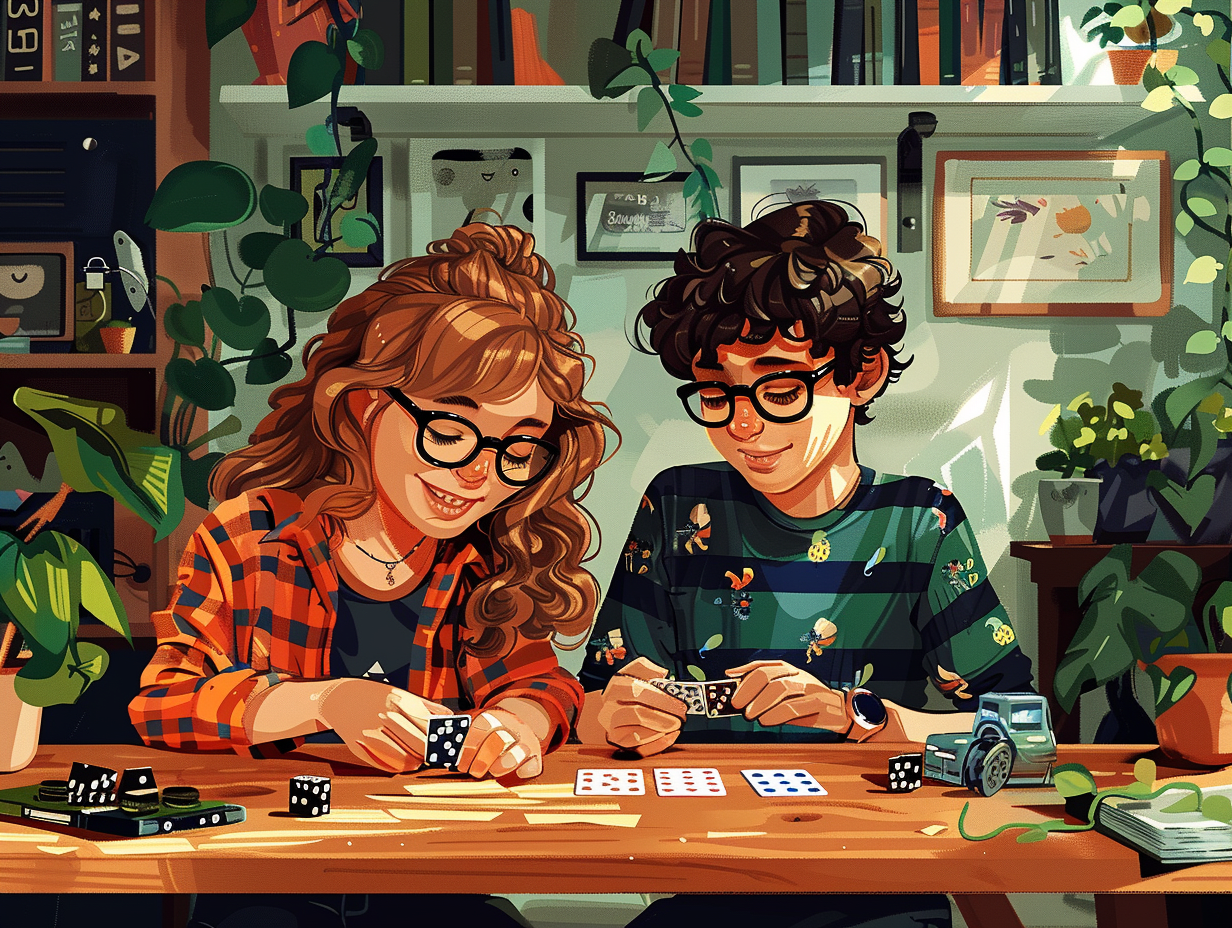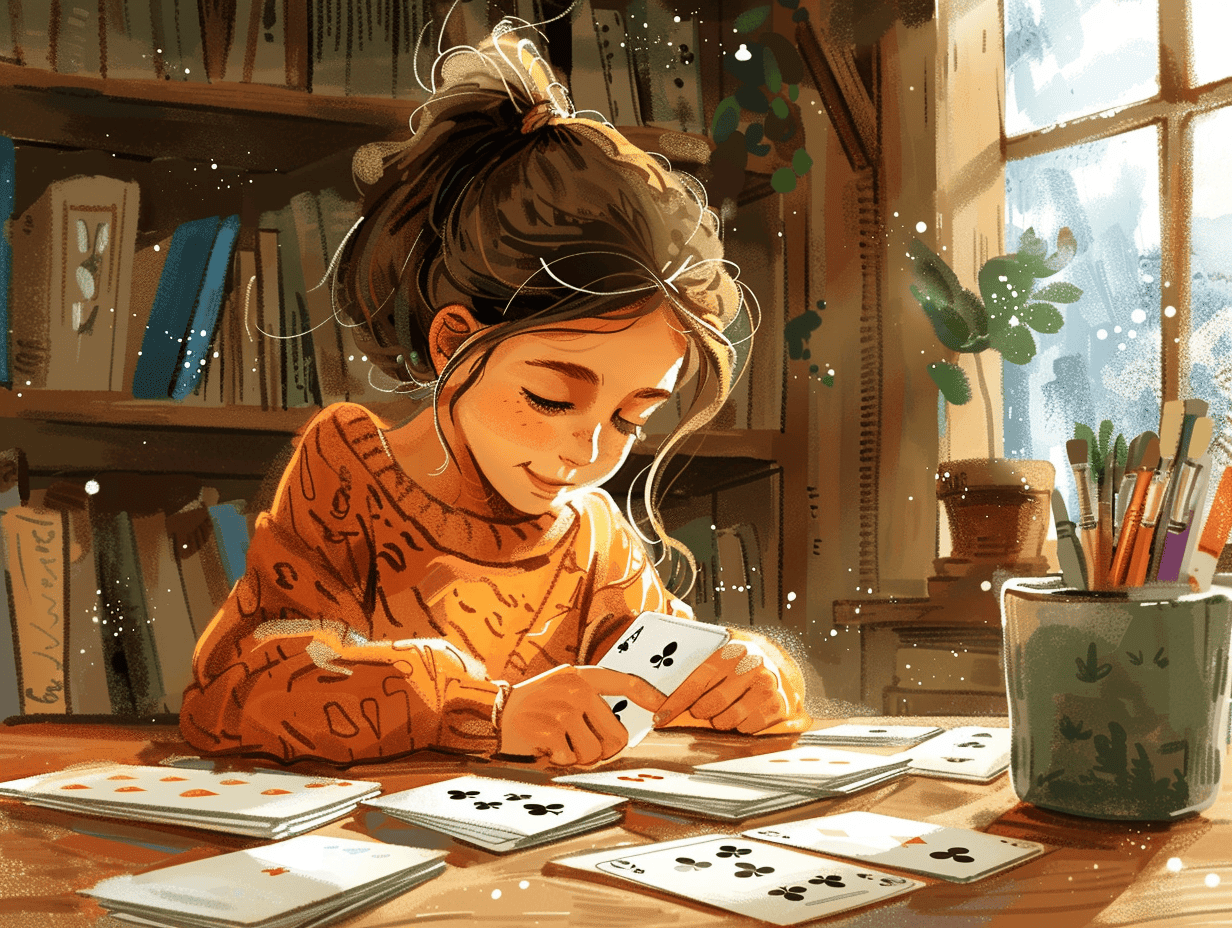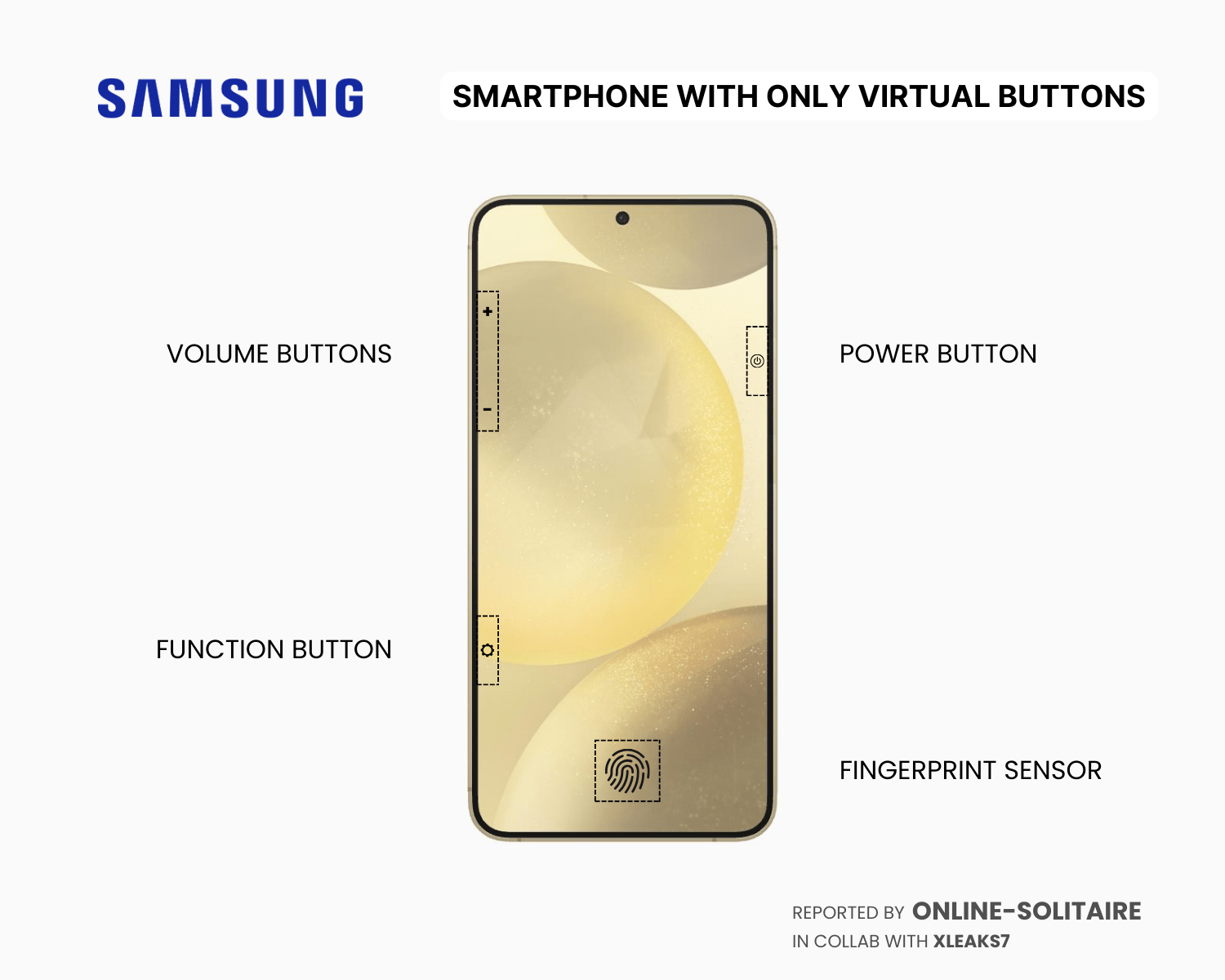Family Fun: Introducing Solitaire and Sudoku for Kids

In today's digital age, finding engaging and educational activities for children can be challenging. Today’s online games today are too complicated, explicit, or violent to foster healthy mind development and academic skills.
Fortunately, we have classic games from the past that fit what you're looking for. Solitaire and Sudoku provide hours of entertainment and offer numerous cognitive benefits. Today, we'll explore how introducing these games to kids can improve their concentration, critical thinking, problem-solving skills, and more.
While these popular games of the past were primarily played hands-on, Sudoku and Solitaire games are now easily accessible online through different apps and websites, and can be played using multiple devices.
The Importance of Games for Kids

Benefits of Playing Games for Kids
Games play a crucial role in children's cognitive development by fostering skills like problem-solving, critical thinking, creativity and strategic planning. Certain types and genres of games provide a fun and interactive way for kids to exercise their minds, preparing them for success in various academic and real-world scenarios.
Moreover, games offer children a platform to learn, explore, and discover new concepts in engaging and enjoyable ways. Whether it's through constructing virtual worlds in Minecraft or solving puzzles in Code Master, or engaging in mentally challenging games like Solitaire and Sudoku, children can enhance their ability to think logically, make decisions, concentrate and develop a range of skills that are essential for their future success.
The Role of Solitaire and Sudoku in Child Development
Solitaire and Sudoku are excellent games for child development because they challenge children to think strategically and critically. In Solitaire, kids must plan and strategize their moves to stack cards in the correct order, improving problem-solving skills and logical thinking. Similarly, Sudoku requires children to use logical reasoning to fill in numbers in a grid, enhancing their ability to analyze patterns and find solutions.
Both games help children sharpen their concentration and focus, as they must pay attention to detail and stay engaged in the task at hand. By playing Solitaire and Sudoku, children can have better cognitive abilities and develop essential skills that will benefit them in the future.
Solitaire for Kids

Understanding Solitaire: A Classic Card Game
Solitaire, also known as Patience, is a classic card game that has been enjoyed for centuries. Typically played alone with a standard 52-card deck, the game's objective is to organize all the cards into four foundation piles, one for each suit, in ascending order from Ace to King.
There are many variations of Solitaire like FreeCell and Spider Solitaire, but the most well-known version of Solitaire is Klondike, which gained widespread popularity due to its inclusion in early computer operating systems, like the Microsoft Windows 3.0.
A Solitaire card game's appeal lies in its simplicity and as a strategy game, where you're the one in control in arranging the cards. It's also ubiquitously available in the form of the standard 52-card decks you can buy at any general store or through the many popular apps and websites that have emerged today.
Whether as a pastime to relax or a challenge to test one's skills, Solitaire remains a beloved and enduring game that both children and adults can play.
Introducing Solitaire to Kids
It's best to introduce Solitaire to kids as an alternative game they can play aside from the usual games the youth typically flock to nowadays, like Minecraft and Roblox. It's a classic card game they can play regardless if they have internet connection or not, and they don't need to have other players present in order to have fun and complete a game.
Keep in mind that forcing your child to learn Solitaire will have the opposite effect, and instead urge them to play other games instead. To further entice their interest into playing it, play it yourself in a mobile phone or with a deck of cards while around them and their curiosity will follow.
Playing Solitaire
Solitaire is a fun game to play and is very simple. Here's a short video on how to play if you need to see someone play it.
Objective: Move all the cards to the foundation piles, sorted by suit and in order from Ace to King.
Setup:
- Deck: Use a standard 52-card deck.
- Tableau: A Tableau is a temporary place for the cards to go to as they make their way to the Foundation. Create seven columns of cards. From left to right:
- 1st column: 1 card (face up).
- 2nd column: 2 cards (top card face up, rest face down).
- 3rd column: 3 cards (top card face up, rest face down).
- Continue this pattern until the 7th column has 7 cards (top card face up, rest face down).
- Foundation Piles: There are four empty spaces at the top of the playing area for each suit (hearts, diamonds, clubs, spades).
- Stock and Waste Pile: Place the remaining cards face down in a stack (the stock) next to an empty space (the waste pile).
Gameplay:
- Move Cards within the Tableau:
- You can move a face-up card to another column if it creates a descending sequence of alternating colors (e.g., a red 6 on a black 7).
- Only the top card of each tableau column can be moved unless you are moving a sequence of cards.
- Building Foundation Piles:
- Move Aces to the foundation piles as soon as they become available.
- Add cards to the foundation piles in ascending order and by the same suit (Ace, 2, 3, etc., up to King).
- Using the Stock and Waste Pile:
- Draw cards from the stock one at a time and place them face up on the waste pile.
- Move the top card of the waste pile to the tableau or the foundation piles if possible.
- If the stock is empty, you can flip the waste pile over to form a new stock and continue drawing cards.
- Empty Tableau Columns:
- If a tableau column becomes empty, you can move a King (or a descending sequence starting with a King) to the empty space.
Winning the Game:
- The game is won when all cards are moved to the foundation piles in the correct order (Ace to King for each suit).
Tips for Teaching Solitaire to Kids
Start with simple variations
Begin with easier versions of solitaire, such as Klondike or Pyramid, to help kids grasp the basic rules.
Use visual aids
Use colorful and kid-friendly decks of cards to make the game more visually appealing.
Play together
Spend time playing solitaire with your children, guiding them through the moves and strategies.
Sudoku for Kids

What is Sudoku? A Fun Puzzle Game for Kids and Adults Alike
Sudoku is an iconic puzzle game that challenges players to fill a 9x9 grid with digits from 1 to 9. A Classic Sudoku grid is divided into nine 3x3 subgrids, and the goal is to ensure that each row, each column and each 3x3 subgrid contains all the numbers from 1 to 9 without any repetition. There are different difficulty levels that can match a player's preference, so it is playable for both beginners and experts.
Other variations of Sudoku are available, with many being optimized for kids in particular. Some of the child-centric versions of Sudoku have smaller grid sizes or use images or add a colorful twist as a substitute for digits.
Sudoku remains a popular game and a delightful puzzle experience that attracts new and old fans. With its simple premise and easy to understand game mechanics, Sudoku continues to endure and thrive throughout the digital age with many different apps and websites.
Introducing Sudoku to Kids
It's easy to introduce Sudoku to kids as an alternative game they can play, especially since most schools encourage playing it as well. Unlike the usual games they play nowadays like Fortnite or Roblox, Sudoku doesn't need a persistent internet connection or multiplayer functions to be played.
However, forcing them to play it would end up being counterproductive, so it's best to have them become naturally interested in it. Some teachers use different ways to introduce Sudoku into their teaching practices, and if you're a parent, it's best to have Sudoku as a part of their pastimes at an early age. One engaging approach is to rely on the natural curiosity of children, and play Sudoku yourself while in their presence to garner interest.
Playing Sudoku
Sudoku can be played either in the original Sudoku format of sheet puzzles, or through digital media like apps and websites. Easy to learn and play, here's a short video if you need it.
- Understand the Goal:
- Each row must have the numbers 1 to 9, without repeating any numbers.
- Each column must have the numbers 1 to 9, without repeating any numbers.
- Each 3x3 box must have the numbers 1 to 9, without repeating any numbers.
- Look for Clues:
- Start by looking at the numbers already filled in. These clues can help you figure out where the other numbers should go.
- Fill in the Numbers:
- Pick a row, column, or 3x3 box to start with.
- Use logic to determine where you can place a number. For example, if a 3 is already in a row, you know another 3 can’t go in that row.
- Check to make sure each number 1-9 only appears once in each row, column, and 3x3 box.
- Use Pencil Marks:
- It can be helpful to lightly write possible numbers in empty cells to keep track of your options. Once you’re sure of a number, you can write it in firmly.
- Keep Going:
- Continue filling in numbers, using the process of elimination and logical thinking.
- If you get stuck, look for the cells with the fewest possible numbers and focus on them.
Winning the Game:
- The puzzle is solved when the entire grid is filled in correctly, with each row, column and 3x3 box containing all the numbers from 1 to 9.
Tips for Teaching Sudoku to Kids
Start with Easy puzzles
Begin with simple Sudoku puzzles to help kids understand the rules and mechanics.
Use visual and interactive tools
Utilize online Sudoku games or printable puzzles with colorful and interactive elements.
Make it a group activity
Solve Sudoku puzzles together as a family, encouraging teamwork and collaborative problem-solving.
Incorporate rewardsOffer small rewards or incentives for completing puzzles to motivate and encourage children. This is especially effective in a classroom setting where Sudoku can be made into an extracurricular activity.




